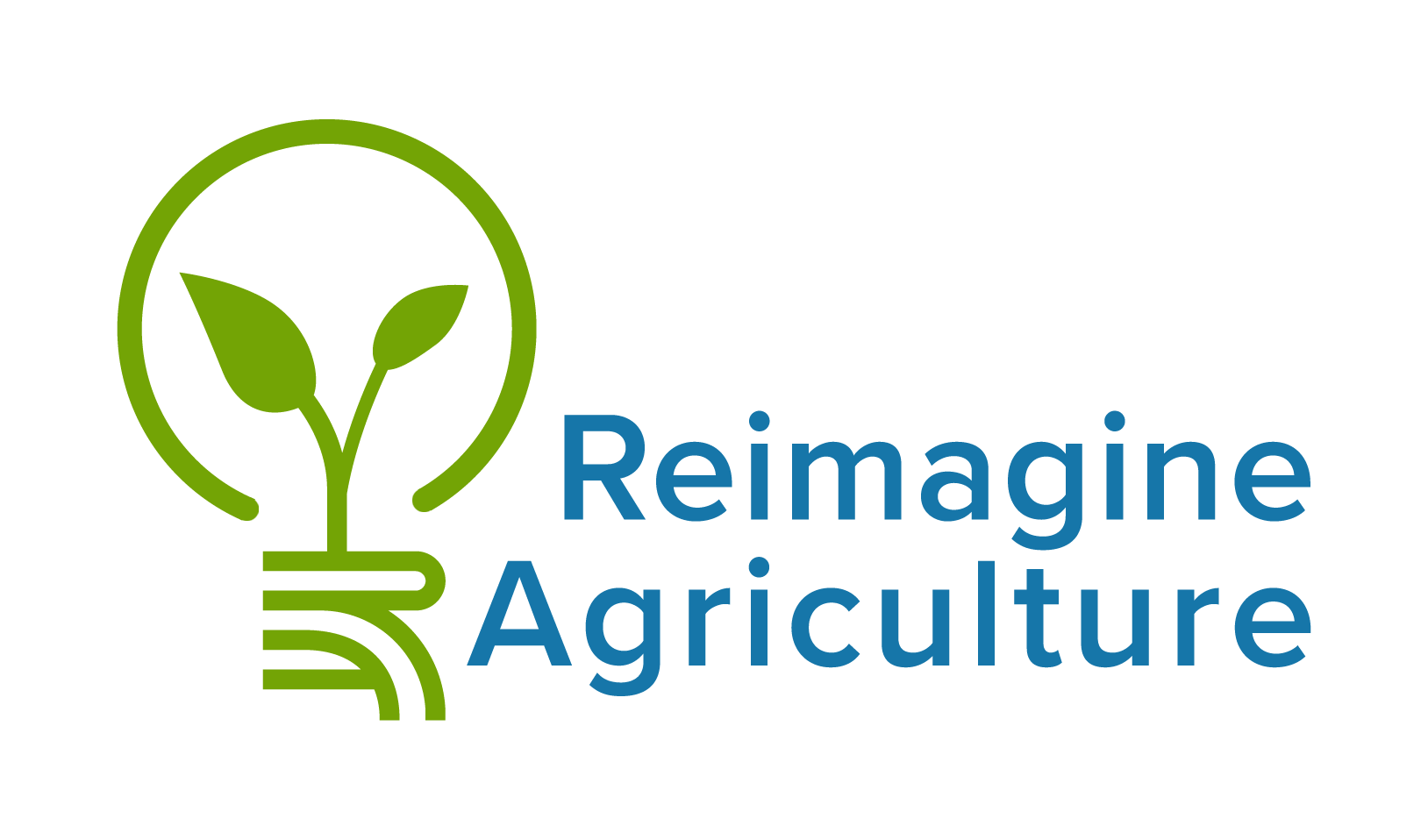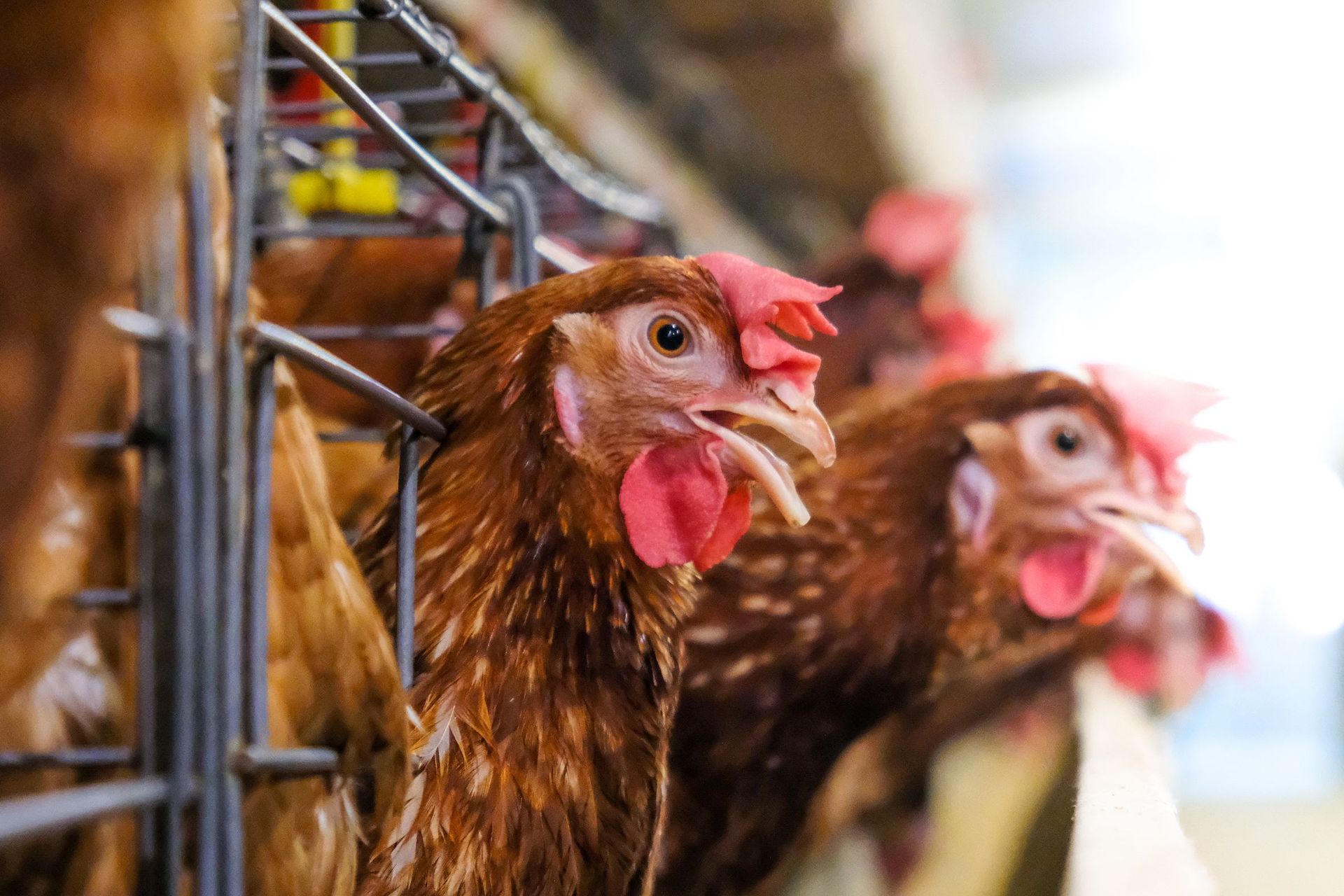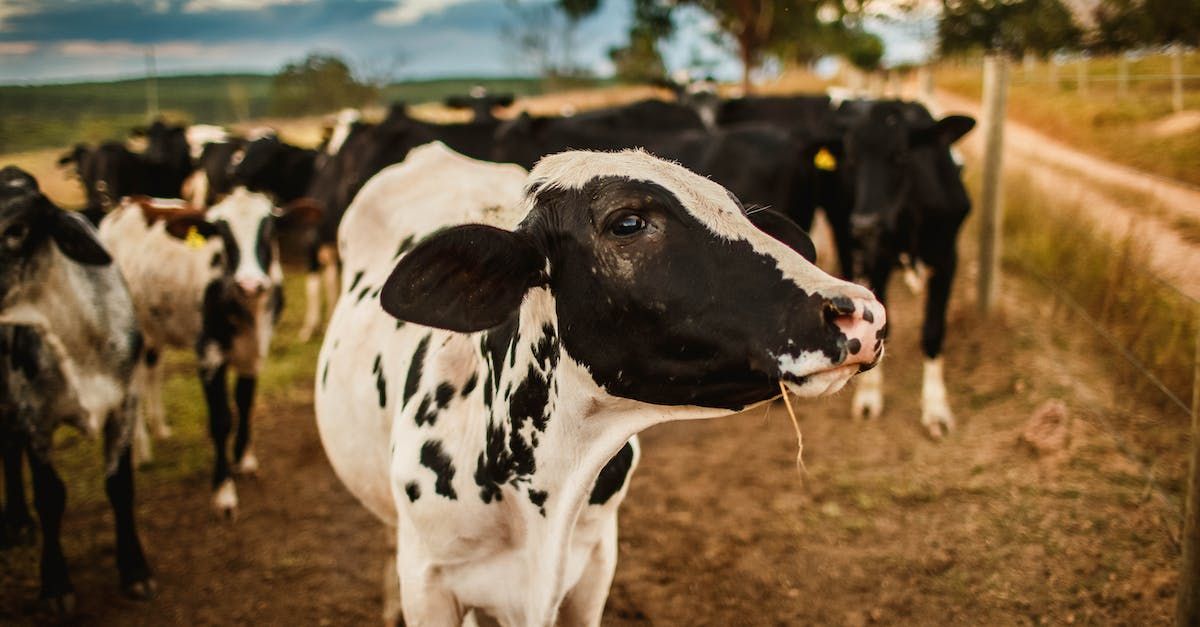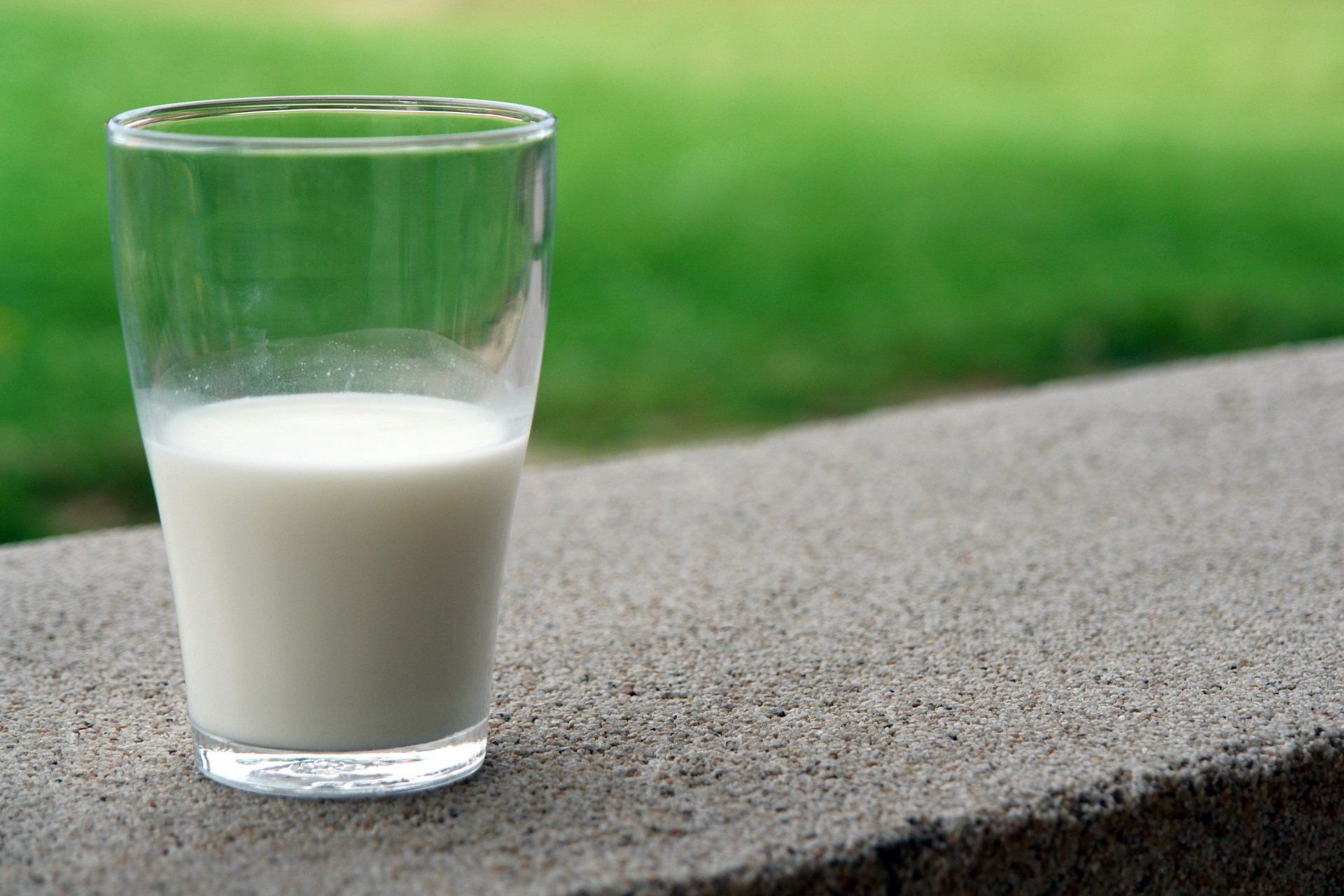Cultivated Meat: A Primer
August 21, 2020
Terms like cultivated meat and clean meat are entering the mainstream, but what exactly do they mean?

Written by: Allison Penner
‘Cultivated meat’ is the relatively new field of creating authentic meat. Yet, unlike conventional growing practices, cultivated meat is grown outside of an animal, in a lab. Lab-based technologies have been used for years in other scientific fields, but only recently have these techniques been adopted for widespread use of creating animal protein.
Production methods of clean meat vary by the different researchers and companies working on them - and research is continually evolving. Generally, the process begins with starting cells, which are often derived from an animal. These cells are carefully grown to ensure their viability and endurance. As the animal cells multiply, divide and rearrange , complex products like chicken breasts or burgers can be produced. To learn more about the scientific process, check out the Good Food Institute’s video and blog post.
Cultivated meat made its debut on the world stage when Professor Mark Post, along with a food writer and nutritional researcher, ate the world’s first cultured burger at a live event in 2013. Globally, it instigated researchers and companies to create products of their own - leading to cellular agricultural approaches for leather, pet foods, beef and many other products. Mark now works for Mosa Meat, a company focused on the commercial availability of clean meat products at global scales. See a short video about Mark’s motivation and the event here.
Why?
People are interested in cultivated meat technology for a wide variety of reasons. Below is a brief overview of three common perspectives.
Environment
As it currently stands, animal agriculture is rife with environmental externalities. It requires a massive amount of resources to raise an animal to the point where it can be slaughtered, and the process often results in the release of climate change-causing greenhouse gas emissions. The resource-intensity of animal agriculture also brings into question issues surrounding inefficiencies in the food chain. For instance, this study
demonstrates that the ‘opportunity food loss’ (i.e., the food loss associated with consuming resource-intensive animal products instead of nutritionally comparable plant-based alternatives) of eggs is 40% and beef is a whopping 96%. Globally, as meat consumption is continues to grow, the externalities and risk to food security must also be addressed. Early studies
demonstrate that significantly less resources are needed to create cultivated meat, and the process is expected to become more efficient with increased innovation.
Health
Though cultivated meat is in many ways, the same product as conventionally grown meat, it has a few key health advantages. Cultured meat is produced in a sterile environment, free from fecal bacteria and other pathogens that cause common food-borne illnesses, such as E.coli, salmonella and toxoplasma. This study
demonstrates that even after thorough cleaning, conventionally-produced chicken remained covered in fecal bacteria, which can pose a threat to human health.
Antimicrobial resistance is also a growing concern. More and more antibiotics are being fed to animals, which is causing the emergence of ‘superbugs’ that are becoming resistant to medicine. This approach risks additional bacterial diseases becoming resistant to current health practices.
Animal Rights and Welfare
As global rates of meat consumption increase each year, more animals are subject to the animal agriculture industry. To put this in perspective, in Canada alone, 834 million animals were slaughtered in 2019. Often these animals are subject to confined spaces, a lack of legal protection, poor treatment and, of course, slaughter. With growing knowledge on the sentience of non-human animals, these practices lead to the abuse and pain of fully feeling beings. Cultivated meat can provide the same products without the need to slaughter animals.
Resources:
As I have continued to learn about clean meat, here are a few key resources I have found helpful.
Clean Meat
by Paul Shapiro
The book provides a great overview of clean meat from how it’s made to the major players involved. It also gets into the key discussion of what name is best to address the field.
This nonprofit is one of the largest organizations in the clean meat sphere. It supports scientists, entrepreneurs and investors in making these products a reality. Their website and associated publications talk about all different aspects of the process from its regulations to current developments in technology.
Eat for the Planet, Nil Zacharias
Nil hosts a fascinating podcast on a wide range of food topics, but has many interesting episodes specifically dedicated to the topic of cultivated meat. Check out this
episode of Bruce Friedman from the Good Food Institute or this interview
with Turtletree labs on cell-based milk.
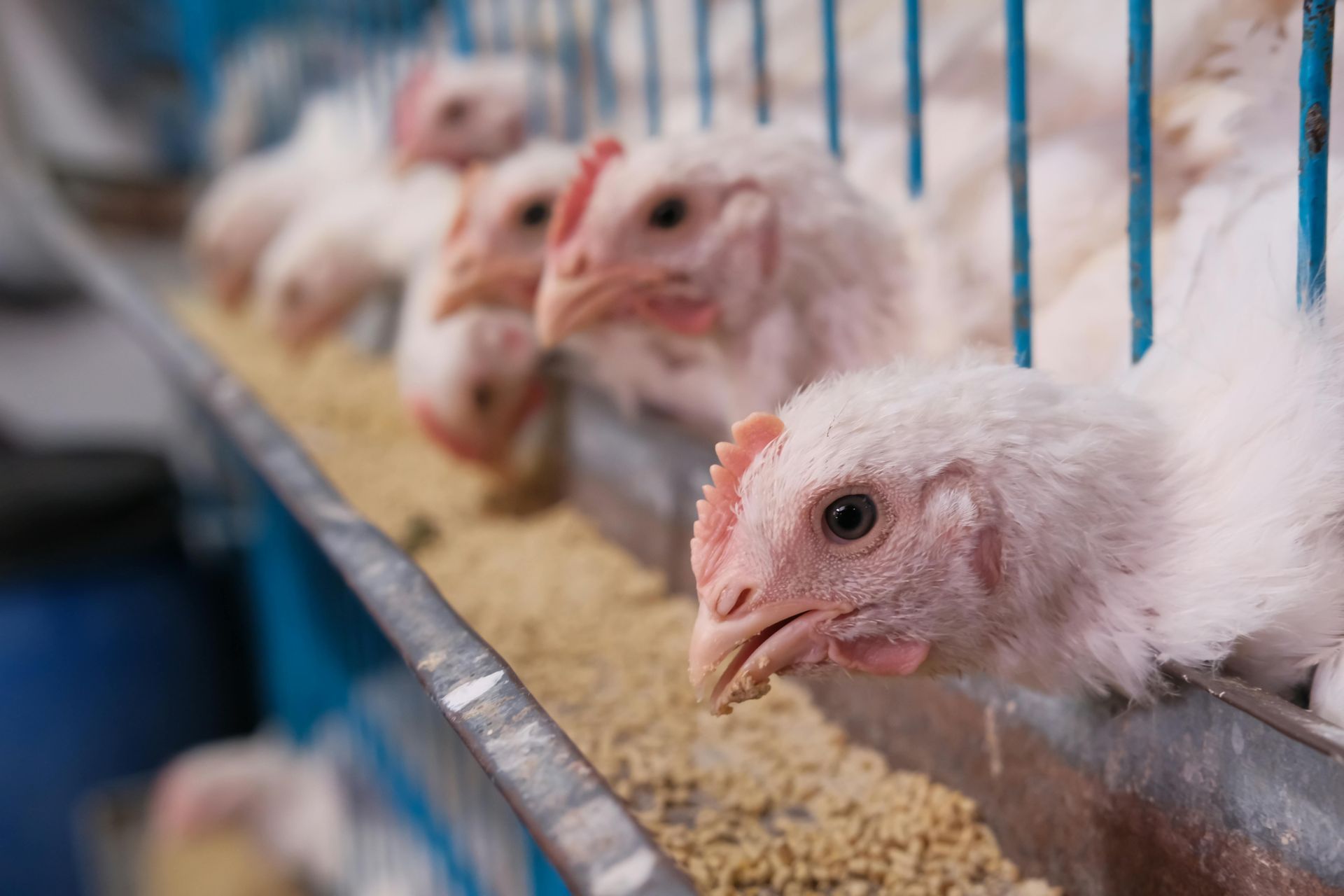
The 2024 Canada Animal Welfare Scorecard evaluated animal welfare commitments and transparency across 40 leading Canadian food companies. Focusing on cage-free eggs, gestation-crate-free pork, and adherence to Better Chicken Commitment (BCC) standards, the report uncovers serious gaps in transparency, industry-wide “humanewashing,” and persistent animal welfare issues. Here’s a breakdown of the most troubling findings. 1. Lack of Transparency in Major Retailers and Foodservice Providers Walmart Canada, Calgary Co-op, and Federated Co-operatives have demonstrated minimal transparency, failing to publish updates or roadmaps on their animal welfare commitments. Walmart Canada is the only top-five retailer in Canada not reporting any progress on welfare practices, despite publishing incremental updates in the U.S. Meanwhile, Calgary Co-op still lacks any published policies or progress toward ending confinement for hens and pigs, despite its members’ vote to support humane conditions over a decade ago. 2. Misleading Industry Claims and "Humanewashing" Tactics A major issue facing Canadian consumers is the widespread “humanewashing” in the food industry, where companies use misleading labels and terminology to suggest higher animal welfare standards than actually practiced. Companies like Burnbrae Farms label their eggs as “Nestlaid,” implying cage-free conditions, which leads nearly half of surveyed consumers to mistakenly believe these eggs come from open barns. Industry groups, including Chicken Farmers of Canada , amplify this confusion by using terms like “family farms” to evoke images of small, humane operations, even when products are sourced from intensive confinement systems. Rather than improving actual welfare standards, these organizations invest heavily in shaping public opinion through corporate responsibility reports and marketing campaigns, leaving consumers misinformed about the true conditions behind their food. 3. The Crisis of "Frankenchickens" in Poultry Production The Canadian poultry industry’s use of ultrafast-growing birds, often termed “Frankenchickens,” remains a primary welfare issue. These birds are bred to grow four times faster than chickens in the 1950s, resulting in painful health problems and limiting their ability to move or access food and water. Although companies have pledged to stop using these breeds by 2026, few have shown significant action on this front. Major Canadian poultry producers continue to use these breeds, creating severe welfare implications. 4. Continued Use of Gestation Crates for Pigs Gestation crates remain the norm across Canadian pork production, confining mother pigs in cramped stalls that prevent them from turning around. Some progress is evident, with companies like Costco and Starbucks Canada reporting steps toward group housing. However, Walmart Canada and Federated Co-operatives have not published policies or progress. While the industry timeline for complete phase-out stretches to 2029, these companies have yet to implement meaningful welfare improvements, prolonging extreme confinement for Canada’s 1.2 million breeding sows. 5. Slow Progress in the Shift to Cage-Free Eggs Despite growing opposition to cage confinement from Canadian consumers, the Canadian egg industry continues to invest in “enriched” cage systems that offer only minor improvements over conventional battery cages. Companies like Metro and Sobeys committed to sourcing cage-free eggs but report slow progress across their supply chains, while Calgary Co-op has yet to report any steps forward. Globally, over 2,600 companies have committed to eliminating cages, but Canada falls behind due to its reliance on slightly modified cage systems. Moving Forward: Accountability and Clear Roadmaps Required Companies need transparent roadmaps, annual goals, and consistent reporting to keep pace with rising consumer and investor expectations. Brands such as A&W Canada, Aramark, and Panago Pizza have set strong examples, publishing BCC-compliant policies and reporting progress, proving tangible progress is achievable. However, for others, a significant gapremains between public promises and the welfare practices in their supply chains.
